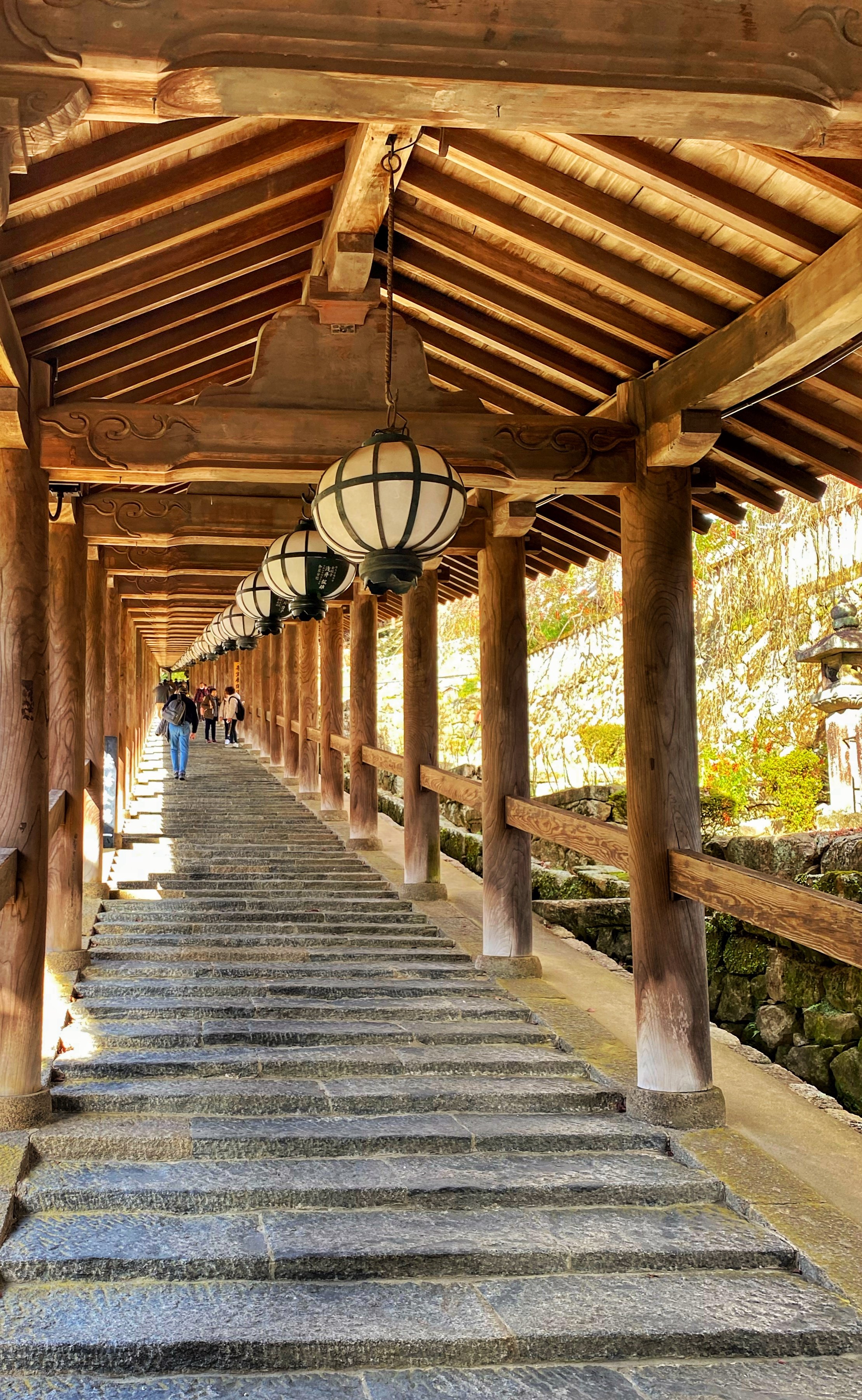Revealing Nara’s Lesser-Known Gems
When adding Nara Prefecture into their itinerary, many travelers tend to concentrate on the regions surrounding Nara Park. Exploring Todaiji and feeding the deer are highlights for people and rightly so. However, did you know that the rural areas of the prefecture have numerous sights and fun activities as well?
Nara Park and Todaiji are becoming increasingly crowded as more tourists visit Japan. Most visitors look forward to the interactions with deer and seeing the incredible Buddha statue. While this area is stunning during the fall and spring, I recommend considering an off-season visit to fully appreciate these attractions. During a recent trip to Nara city, the sheer volume of people made it challenging to enjoy the park and deer. Whether you have previously visited Nara Park or are seeking quieter alternatives, be sure to explore these gems in Nara Prefecture.
1. Hasedera
Undoubtedly, this spot tends to draw quite a crowd. Renowned for its rich history, Hasedera, a Buddhist temple, also beckons visitors with its seasonal flowers. In spring, cherry blossoms and pansies call people to explore its grounds, while vibrant leaves create an invitation in the fall. Regardless of the season, the temple and its surroundings stun visitors with beauty. Don't forget to wander through the adjacent town, where you can witness mochi pounding and grab some local snacks.
2. Muro-ji
Located in the Uda region of Nara Prefecture, Muro-ji is a temple that transports you to the past. What sets this temple apart is its unique history of welcoming both men and women during a period when many only allowed access to men. It is fondly referred to as the woman’s “Koyasan" and holds a special significance. Surrounding the temple entrance, you can find a few shops and spots to grab a quick lunch.
Do note, however, that reaching the summit involves climbing hundreds of steps. Even if you are up for the challenge or in excellent shape, make sure you wear good shoes, or you might find your legs aching the next day! Despite visiting in autumn, I am convinced this temple is beautiful throughout the year.
3. Tsubosaka Dera
Distinguishing itself from many Buddhist temples across Japan, Tsubosaka Dera offers a unique fusion of Indian and Japanese architectural styles. This interesting blend is a result of numerous pieces donated to the temple in gratitude for its assistance with leprosy in India.
Most notably, the large statue of the Goddess of Mercy stands as a reminder of Tsubosaka Dera's involvement in relief work for Hansen's Disease patients in India. Carved by 70,000 stone masons, this statue was divided into 66 pieces and transported to Japan. It measures 20 meters in height and weighs 1200 tons.
While Tsubosaka Dera may attract crowds during the fall and spring, the vast grounds create a peaceful and seemingly uncrowded atmosphere.
4. Tanzan Shrine
Located in Sakurai, Nara Prefecture, Tanzan Shrine holds a rich history and stands as the home to Japan's only 13-story pagoda of its kind. Originally constructed in the 600s, the present-day pagoda underwent reconstruction in 1532. Fujiwara no Kamatari, the founder of the Fujiwara clan, in enshrined at Tanzan Shrine. Despite its extensive history, many people are drawn to the location to see the pagoda or view the vibrant fall leaves.
5. Chogosonshi-ji
Located atop Mount Shigi in Nara Prefecture, Chogosonshi-ji, commonly known as the "Tiger Temple," has numerous tiger images scattered across its grounds. Some call it Shigisan, paying homage to the mountain it calls home. Dating back to the 6th century, this temple holds a rich history surrounded by many legends. While the main hall was originally built during the 17th century, the current hall was reconstructed in the 1950s.
Out of all the tales surrounding the temple that of the founding is the most common. It is said that Prince Shotoku ventured to this site and prayed Bishamonten for triumph in battle against the Mononobe clan. Legend says, this occurred during the year of the tiger, with Prince Shotoku timing his prayers to align with the auspicious day and hour. Ultimately, his victory led to the establishment of the temple.
Today, Chogosonshi-ji continues to draw people for both the tiger imagery and picturesque views as well as for special blessings.
6. Asuka
Beyond visiting temples, take the time to wander through the neighborhoods surrounding Asuka. During the spring or early autumn, biking around the area offers a peaceful and enjoyable experience in this historically significant area of Japan.
Asuka holds a pivotal place in history, having been the residence of the first emperor of Japan and a key location for the introduction of Buddhism to the country. Here, you can visit the oldest Buddha statue, stroll or cycle around the park, and see the burial mounds of Japanese emperors. Despite its role in Japan's history, Asuka remains relatively uncrowded with tourists.
Furthermore, the region boasts numerous sake breweries and other cultural experiences. The sake breweries in Asuka offer a more traditional atmosphere compared to those in Nara city, as they attract fewer international tourists.
7. Sakurai
In addition to the previously mentioned locations in or near Sakurai, this area is home numerous historical sites, restaurants, and sake breweries. For sake, the Imanishi Sake Brewery is a popular choice. However, you should note that there's no parking available near the brewery for designated drivers. Alternatively, if you find yourself on the southern side of Sakurai, the Nishiuchi Sake Brewery is another excellent option.
While Todaiji and Nara Park are undoubtedly worth a visit, I have presented these alternative options for those seeking to avoid crowds. Nara is filled with wonderful places, shops, and attractions waiting to be explored. If you have any inquiries about Nara, feel free to leave them below.


































